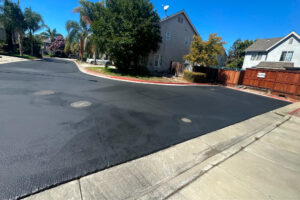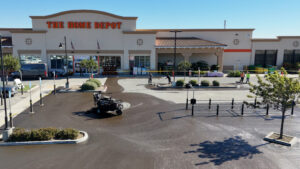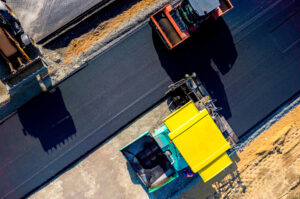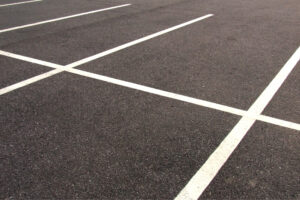See our work on social media:
The Lost Art Of Concrete
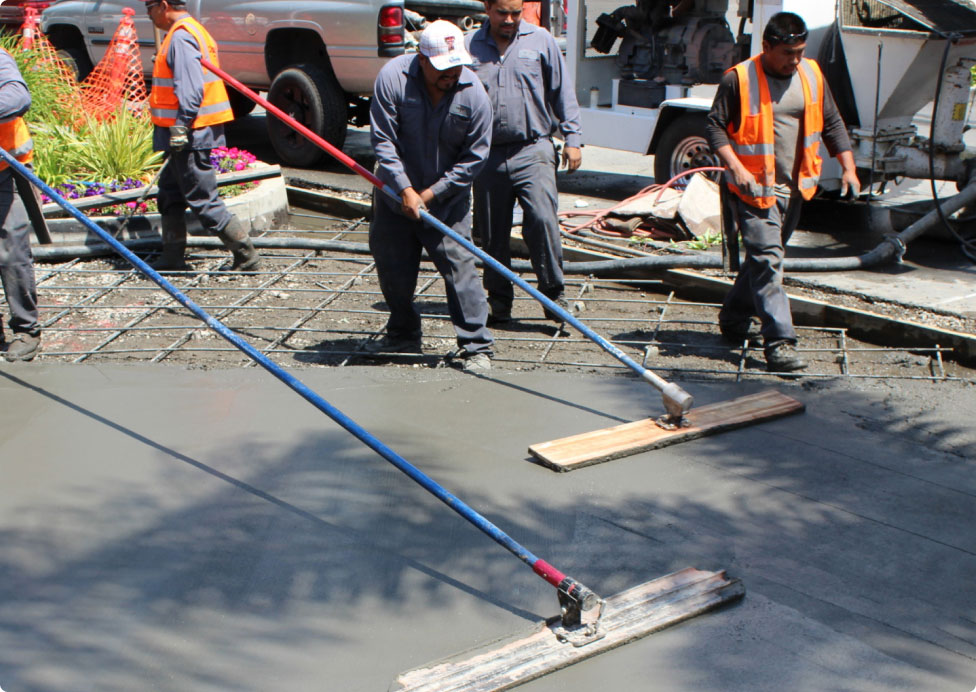
The saying “They don’t build ‘em like they used to” is literal truth in the concrete industry.
For decades, modern science has struggled to work out how ancient societies such as the Romans were able to create buildings, monuments, and roadways which are still visible and even in use today, when the average lifespan of modern concrete tends to be far more modest. Now, a team of scientists from the University of Utah believes they may have found the surprising answer to this centuries-old mystery. Modern concrete uses Portland cement as its base, which is a fine powder created from lime, chalk, sandstone, iron and other materials and then combined with aggregates of varying sizes. However, the Romans used a type of cement created from the ash of certain volcanoes. These volcanoes’ emissions contained a rare combination of mineral elements which only occurs naturally in very specific areas with particular geological profiles.
What’s most surprising is that the minerals which make Roman cement different from Portland cement appear to react to seawater, which encourages the crystalline structure of the minerals to continue growing. This actually makes the concrete self-healing and impedes cracking, a feat modern science is still trying to replicate. This discovery of how Roman concrete was made is important because it could lead to greener and more eco-friendly concrete production and paving technologies, as well as structures with higher strength, structural integrity and longevity under adverse conditions than modern concrete allows for. In addition, Roman concrete did not use reinforcing steel such as a wire mesh mat or rebar, both of which Portland cement will corrode and degrade over time. This may lead to significant cost reductions for new construction on structures like bridges, building footings and other applications.
However, the research team warns it’s too early to get too excited about Roman concrete. First, Roman concrete relies on very specific minerals, namely tobermorite and phillipsite, being present in certain quantities. The researchers say the composition of Roman concrete was largely a matter of luck and being in the right place, at the right time, with access to the right materials. Second, we don’t yet know exactly how the Romans made their cement or what the process was for mixing it with aggregate and placing it. This by itself may leave us several years, or even decades, away from being able to use Roman concrete effectively. Despite these hurdles, the concepts behind Roman concrete and other green discoveries from the ancient world are constantly being studied, evaluated and applied to our modern understanding of how to build things that last.
At Calvac Paving, we’ve been serving the Bay Area for over 45 years in the most environmentally friendly, safe and expedient way possible. We’re always on the lookout for new developments, technologies and ideas which will let us do our jobs more effectively, with less impact on the world we all share. To learn more about our commitment to the environment, or how Calvac Paving can help you with your next project, contact us at: Calvac Paving 2645 Pacer Ln San Jose, CA 95111 (408) 837-9021
Company
Services
Contact us
© 2025 All Rights Reserved.

